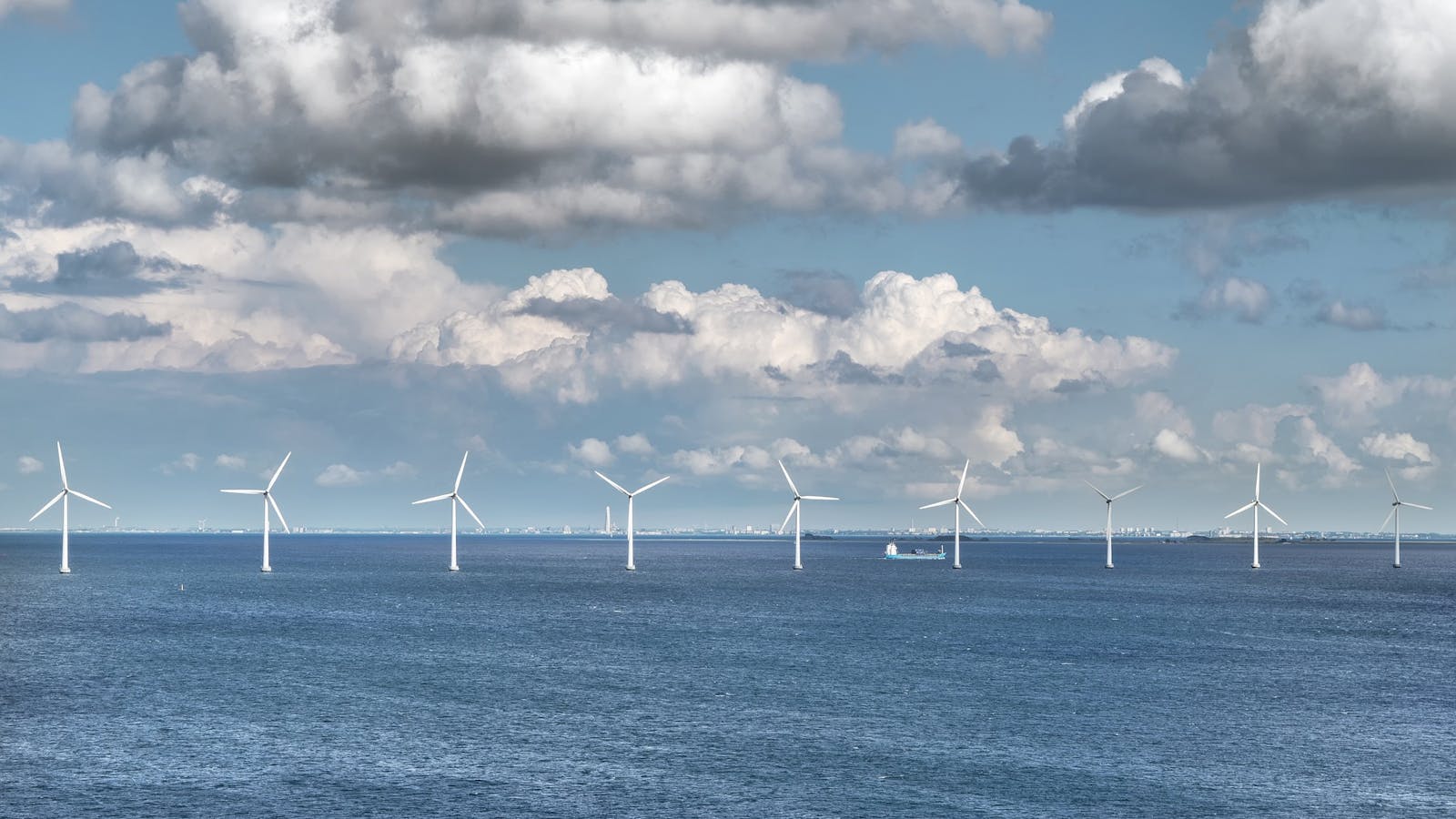Predicting Wind Turbine Breakdowns
As wind farms become increasingly complex, the need for efficient maintenance and downtime reduction becomes critical. This is where digital twins enter the scene, offering a game-changing solution to predict and prevent wind turbine breakdowns.
What are Digital Twins?
Digital twins are virtual replicas of physical assets, processes, or systems. They use real-time data and simulations to mirror the behaviour of their physical counterparts, allowing for monitoring, analysis, and prediction of potential issues. This technology has applications across various sectors, including manufacturing, healthcare, and aerospace, but its role in renewable energy is particularly noteworthy.
Digital Twins for Wind Farm Maintenance
Wind turbines are complex machines that operate in harsh environments. Their maintenance is crucial to ensure optimal energy production and prevent costly downtime. Here's how digital twins can revolutionise wind farm maintenance:
Predictive Maintenance
Imagine knowing in advance when a wind turbine component is likely to fail. Digital twins make this possible. By analysing real-time data from sensors on the turbines (measuring parameters like temperature, vibration, wind speed, and rotor RPM), combined with historical data and machine learning algorithms, digital twins can predict potential failures before they occur. This allows for planned maintenance, reducing downtime and maximising energy production
Real-time Monitoring and Optimisation
Digital twins provide a constant stream of real-time data, allowing operators to monitor the health and performance of each turbine remotely. This real-time insight enables immediate detection of anomalies and calibration of turbine settings for peak efficiency.
Reduced Operating Costs
By predicting failures and optimising performance, digital twins contribute to significant cost reductions. Fewer breakdowns mean lower repair costs and less lost production. Moreover, optimised turbine performance leads to higher energy output, further enhancing cost-effectiveness.
Enhanced Safety
With digital twins, potential safety hazards can be identified and addressed proactively. Real-time monitoring and failure prediction help prevent catastrophic failures that could endanger personnel or equipment.
A Case Study: The Hywind Tampen Floating Wind Farm
The Hywind Tampen project, the world's largest floating wind farm, serves as a compelling example of how digital twins can be implemented. This wind farm, developed by Equinor ASA, powers offshore oil and gas platforms, reducing carbon emissions significantly. The project utilises a digital twin platform to monitor turbine performance, predict potential failures, and optimise maintenance schedules.
Details:
- World's Biggest: The Hywind Tampen is the world's largest floating wind farm and the first to power offshore oil and gas platforms.
- Location: It's located on the Norwegian Continental Shelf (NCS).
- Purpose: Provides power for the Snorre and Gullfaks offshore oil and gas platforms.
- Emission Reduction: Aims to eliminate 200,000 tonnes of CO2 and 1,000 tonnes of NOx emissions yearly.
- Testbed for Innovation: Serves as a testing ground for the development of floating wind, installation methods, and simplified mooring systems.
- Digital Twin Integration: Employs a predictive digital twin platform based on Unity3D and OPC-UA for visualisation and data communication.
The Hywind Tampen project demonstrates the successful integration of digital twin technology in a real-world renewable energy project, highlighting its potential for optimising wind farm operations and maintenance.
Digital Twins and Other Green Initiatives
The applications of digital twins in green initiatives extend beyond wind energy. They can be instrumental in:
- Solar Energy: Optimising solar panel placement and predicting maintenance needs.
- Hydroelectric Power: Monitoring dam integrity and optimising water flow for energy generation.
- Smart Grids: Balancing energy supply and demand, integrating renewable energy sources, and enhancing grid stability.
- Electric Vehicles: Simulating battery performance, optimising charging strategies, and predicting maintenance needs.
The Future of Digital Twins and Renewables
Digital twins are poised to play an even greater role in the renewable energy sector as technology advances. The increasing availability of data, coupled with more sophisticated machine learning algorithms, will further enhance the predictive capabilities and accuracy of digital twins.
The integration of augmented reality (AR) and virtual reality (VR) with digital twin technology is another exciting development. AR can provide field technicians with real-time information and guidance during maintenance tasks, while VR can create immersive training environments for wind farm operators.
Digital twins are transforming the renewable energy landscape by offering an innovative approach to wind farm maintenance. Their ability to predict failures, optimise performance, and reduce operating costs is crucial to the growth and efficiency of wind power. As we strive towards a greener future, digital twins will undoubtedly be a key enabler of sustainable energy solutions.
